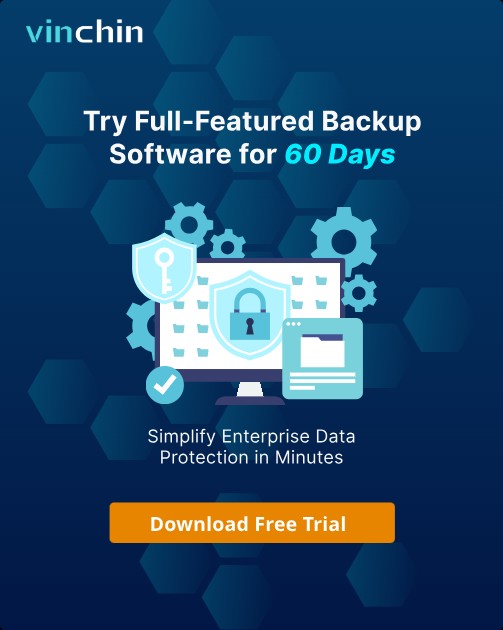-
How to set auto-start for Hyper-V VMs in 2 ways?
-
Don't forget to back up your VMs: strengthen protection with Vinchin
-
Hyper-V start VM automatically FAQs
-
Conclusion
When managing virtualized environments with Hyper-V, ensuring that critical virtual machines automatically start after a host reboot is essential for maintaining service availability and reducing manual intervention. Whether you're working with a single VM or managing a large number of virtual machines, configuring automatic startup behavior helps streamline recovery and minimize downtime.
This guide covers two easy methods to set auto-start for Hyper-V VMs:
A graphical approach using the Hyper-V Manager interface, ideal for individual VM setup.
A scripted PowerShell method for bulk configuration across multiple VMs with startup delays.
Let's explore how to implement both.
How to set auto-start for Hyper-V VMs in 2 ways?
✅ Method 1: Set Automatic Startup via Hyper-V Manager (GUI)
Open Hyper-V Manager
Search for and open Hyper-V Manager from the Start menu.
Select the Target Virtual Machine
In the left panel, select the host. In the right panel, right-click the virtual machine you want to configure and choose Settings.
Access Automatic Start Action Configuration
In the pop-up window, select Automatic Start Action from the left pane.
Configure Startup Options
Check Automatically start this virtual machine.
Optionally set a Startup delay (in seconds) to stagger the boot time of multiple VMs.
Click OK to save the settings.
✅ Method 2: Configure Automatic Startup in Bulk via PowerShell
PowerShell is useful for configuring the automatic startup behavior of multiple virtual machines at once.
Example 1: Set a specific VM to automatically start with a 30-second delay
Set-VM -Name "VM_Name" -AutomaticStartAction StartIfRunning -AutomaticStartDelay 30
Example 2: Set all VMs to automatically start, with staggered delays
$vms = Get-VM
$delay = 0
foreach ($vm in $vms) {
Set-VM -Name $vm.Name -AutomaticStartAction StartIfRunning -AutomaticStartDelay $delay
$delay += 10 # Delay each VM by 10 seconds
}Notes:
-AutomaticStartAction options:
Nothing: Do not start the VM automatically.StartIfRunning: Automatically start the VM only if it was running before the last shutdown. (Recommended)Start: Automatically start the VM regardless of its previous state. (Higher risk)-AutomaticStartDelay:
Sets the startup delay in seconds. Useful for defining startup order among multiple VMs.
Don't forget to back up your VMs: strengthen protection with Vinchin
While configuring auto-start for Hyper-V virtual machines helps restore services quickly after a host reboot, it only addresses whether services “start,” not whether they are “safe.” It cannot protect against more serious risks like data loss, system crashes, or ransomware attacks. In modern IT environments, ensuring business continuity requires more than just service availability—it demands reliable data integrity and recoverability. Therefore, relying solely on auto-start is not enough; a comprehensive backup strategy is equally essential.
To achieve truly automated operations and data security, it's recommended to combine auto-start policies with Vinchin Backup & Recovery. Designed for virtualized platforms like Hyper-V, Vinchin supports agentless backup, flexible backup scheduling, instant recovery, and cross-platform V2V migration. It runs backup tasks automatically in the background, complementing the auto-start mechanism: the former ensures the ability to recover, while the latter ensures the ability to run. Together, they enable IT teams to restore services faster and more reliably in the face of system failures or unexpected incidents—achieving full automation with “boot-to-service” and “recover-to-online” continuity.
Vinchin Backup & Recovery's operation is very simple, just a few simple steps.
1.Just select VMs on the host
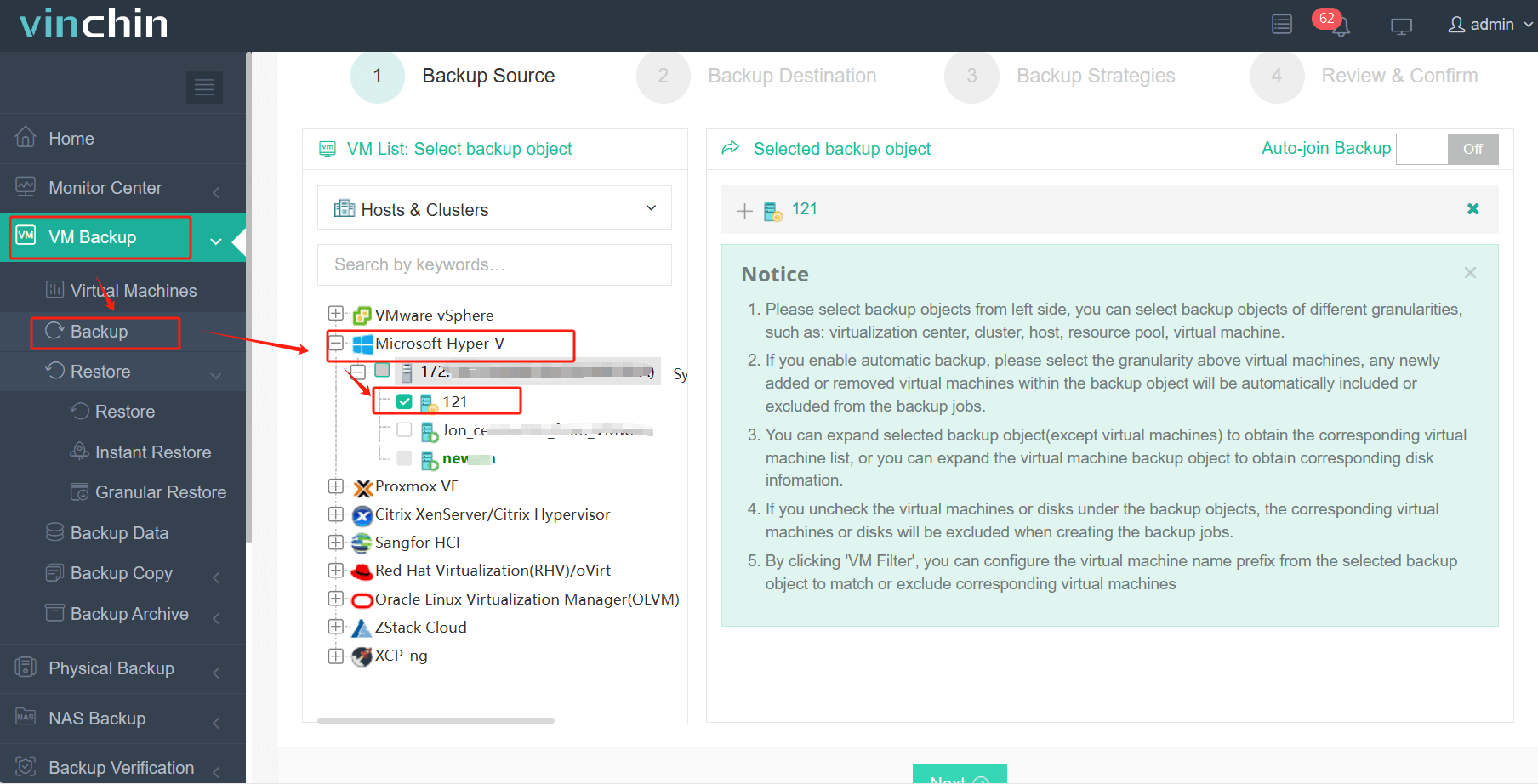
2.Then select backup destination
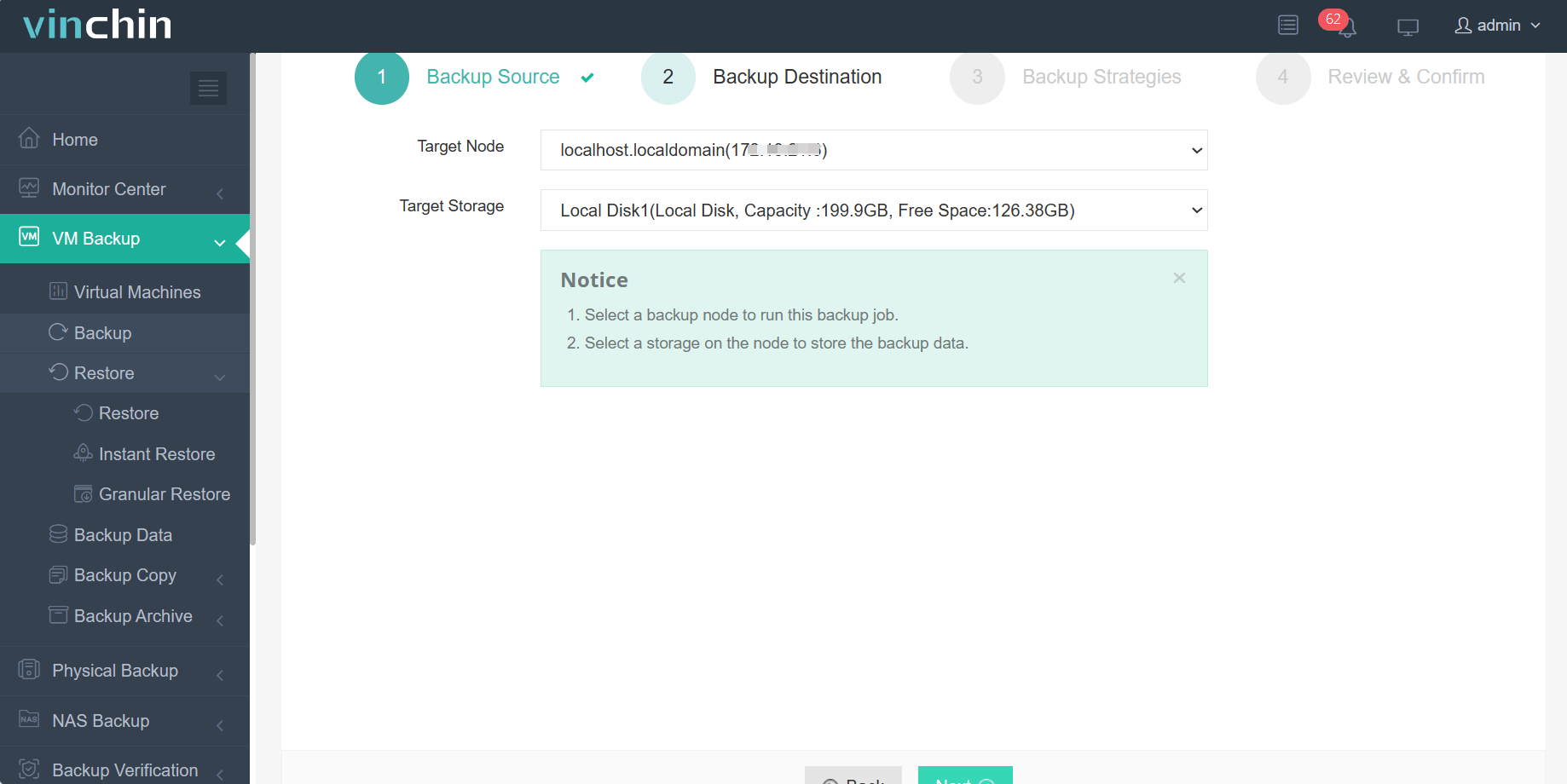
3.Select strategies
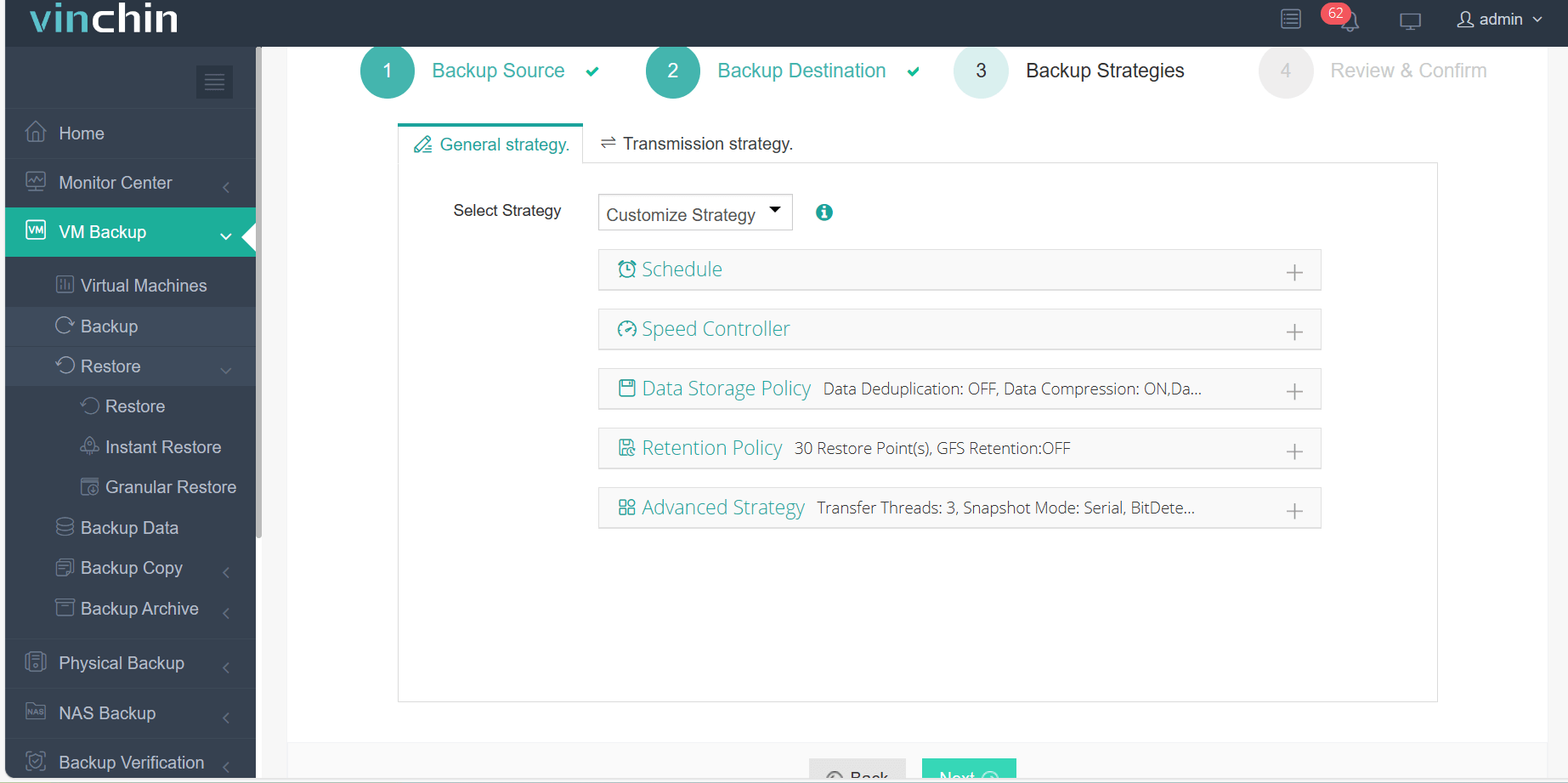
4.Finally submit the job
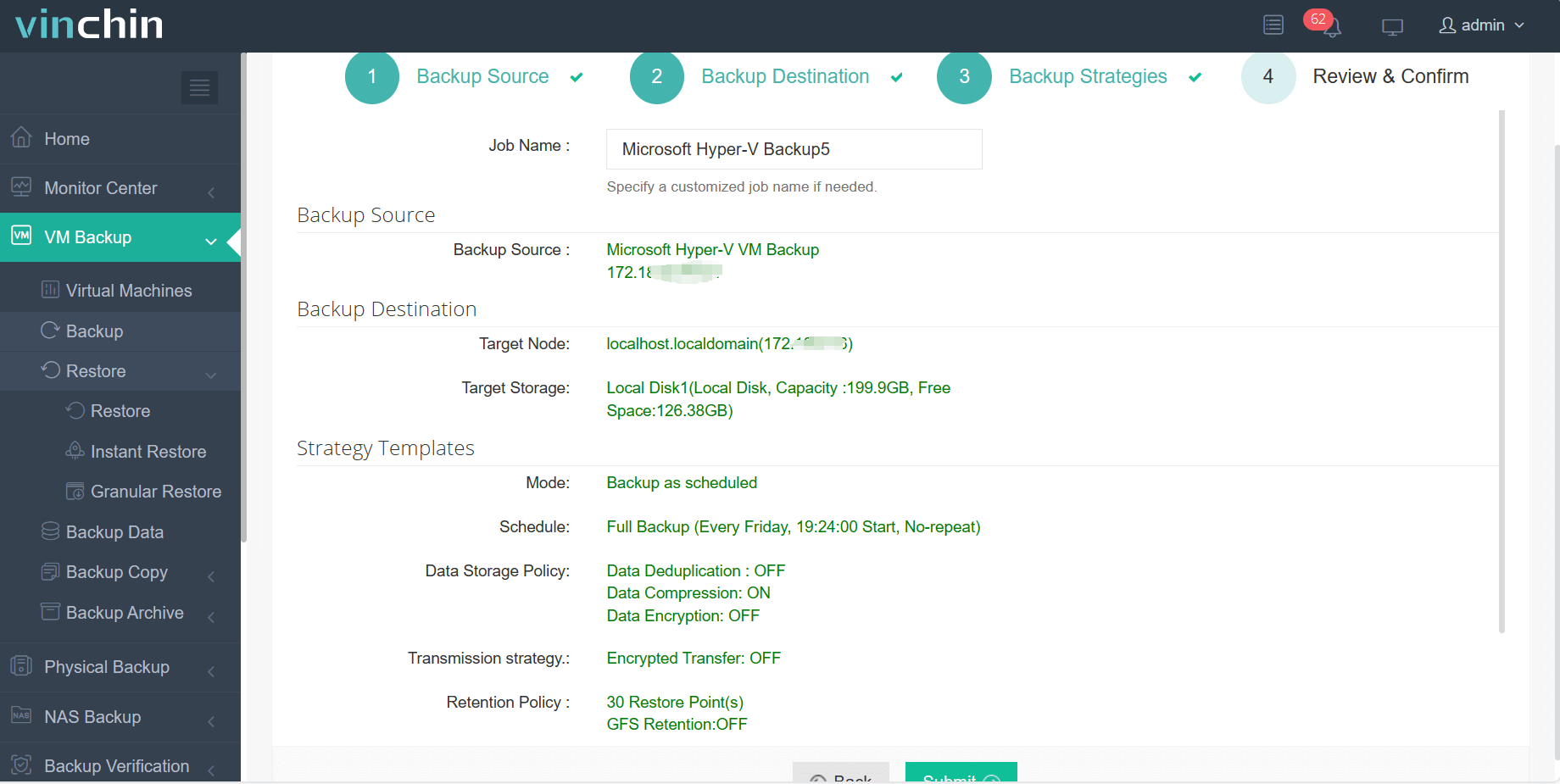
Try Vinchin Backup & Recovery free for 60 days and experience its full capabilities in your own environment. Contact Vinchin or an authorized local partner for more information.
Hyper-V start VM automatically FAQs
Q1: Can you set a delay for autostart?
A1: Yes, you can set a startup delay time (in seconds) in the same “Autostart Actions” settings page. This is especially useful to avoid resource overload when all virtual machines start at the same time.
Q2: Do virtual machines start automatically if the host reboots?
A2: If you have configured the autostart behavior of the virtual machines and the Hyper-V service is set to start automatically with the system, then when the host reboots, these virtual machines will start automatically according to the set behavior.
Conclusion
Configuring auto-start for Hyper-V VMs minimizes downtime, while pairing it with Vinchin Backup & Recovery ensures fast, secure recovery. Together, they offer a complete solution for maintaining availability and protecting critical workloads in virtualized environments.
Share on:





